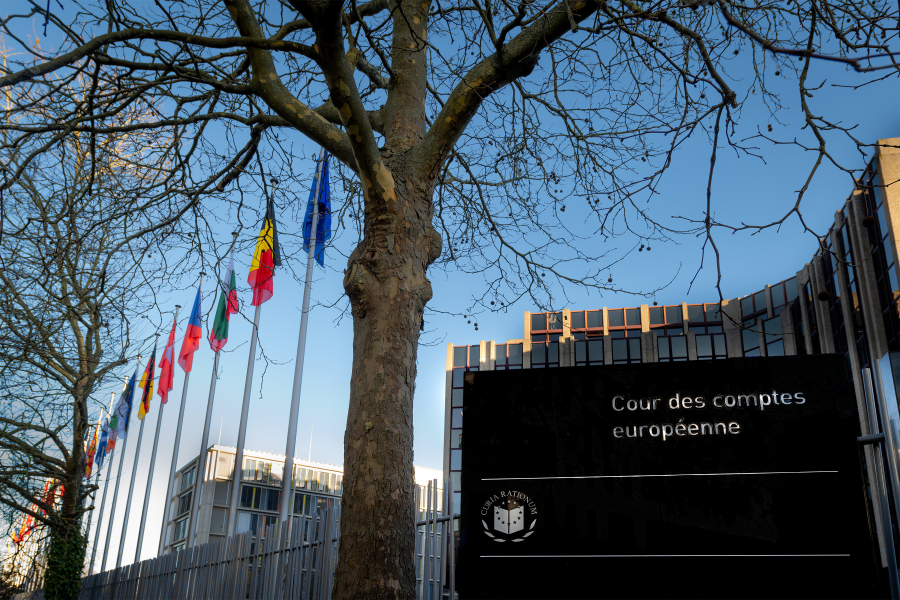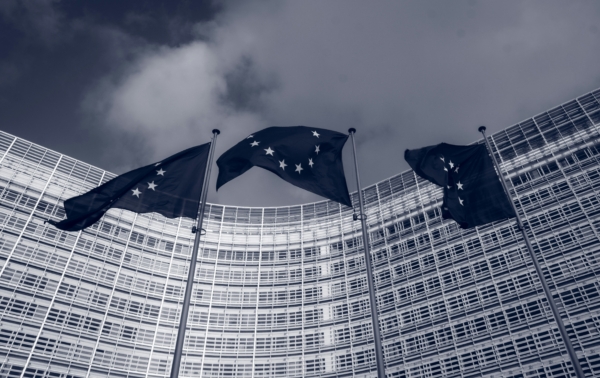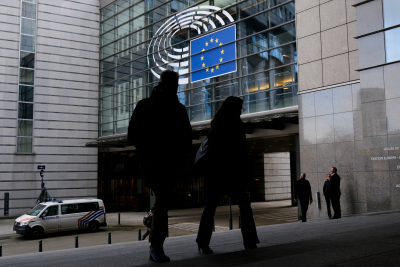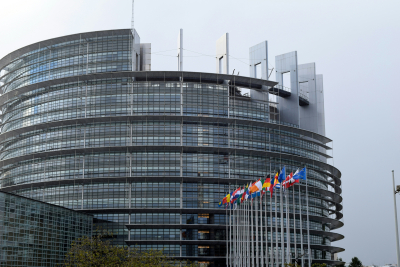This month, the European Court of Auditors (ECA) published a scathing press release, decrying what they deemed the opaque nature of EU funding towards civil society. We beg to differ.
The press release accompanies a larger report conducted by the ECA that explicitly targets NGOs. Yet most of the report’s scope would be applicable to all types of beneficiaries—such as companies or consultancies. In its official reply to the report, the Commission concurs, emphasising that:
“When it comes to receiving EU funding, NGOs are no different from other applicants. They are subject to fulfilling the necessary eligibility requirements – the mere fulfilment of the NGO status does not entail any preferential treatment, nor is it an eligibility criterion in itself, aside from a few, very specific cases.”
Why, then, focus solely on NGOs and not all types of applicants? Not only does the report take a partial sample of Commission funding beneficiaries, but it also leaves out analysing key existing transparency systems. Let’s set the record straight.
Opaque funding is generally understood as a deliberate attempt, by design or in practice, to hide the details, sources, beneficiaries and purpose of a given financial transaction. These structures often raise serious concerns for the transparency, accountability and integrity of the funding stream, making it hard for the wider public to conduct due diligence or hold both funders and recipients accountable.
The key question is, then, whether this applies to the overarching transparency system on EU funding for NGOs, as the ECA report claims.
There are three main systems in place that provide information on Commission funding for NGOs: the Financial Transparency System (FTS), the Funding & Tenders portal and the EU Transparency Register. Each of these contain a set of information that, taken together, compose the overall transparency framework applicable to Commission grants, including all types of beneficiaries that are conducting advocacy activities. The table below provides an overview of the information contained in each of these systems:
In a nutshell, Commission transparency systems allow us to answer many key questions about EC funding for NGOs, including:
- Who is receiving EC funding?
- What is their purpose?
- What are their advocacy objectives?
- Which Commission and Parliament officials did they meet?
- How many projects where they involved in?
- What were the projects about?
- What were the results of the projects?
- What public deliverables were produced?
- Who managed the project on the Commission side?
- Which programme paid for the project?
- Where did the project take place?
- What other sources of funding were potentially involved?
This is only a partial overview of all the information that is directly accessible to citizens on these systems (the full list is accessible here). Yet the ECA report bases most its conclusions on the FTS alone. And even here, the report does not provide a full scoping of the types of information than can be found. In fact, the FTS contains 38 different data points for any given funding, a curious omission for a report on transparency.
The ECA report’s main criticism stems from the time-delays in the FTS itself, which is principally a budgetary control tool, and can therefore only be updated once the EU’s discharge procedure is completed. We wholeheartedly agree that more regular updates would significantly improve the system, a point the Commission has agreed to explore.
Furthermore, the ECA report laments the lack information on final recipients for indirect & shared management funds (i.e.: funds provided to EU Member State public authorities, which in turn fund local beneficiaries). As a kind reminder, this is true for every single euro spent by the EU through indirect management grants, which are reported on the FTS as lump sums to the implementing partners. This is yet another well-known issue that the Commission has already legally addressed in a 2024 revision of the financial regulation (article 36.6). The commitment is to have all indirect and shared management recipients available on the FTS by 2028.
The final main argument of the report concerns the definition of NGOs. Enhanced definitions to improve the identification of different types of recipients are always worth exploring. However, this would not have any material effect on the overall transparency and accountability of EU funding, given that definition is not a criterion used by the Commission for approving projects. At best, it will improve the distinction between commercial interest NGOs (for example large trade and business associations) and non-commercial interest organisations such as ours.
What exactly, then, is the aim here? Not only does the Court omit a full -scope analysis of the FTS, but it also gives the other two essential systems only a passing mention. It never informs the reader of their purpose, what information can be gathered or how they can be improved. This is a point also raised by the Commission in its reply:
“Despite the lack of a legal requirement to do so, the Commission however takes additional steps to promote transparency by proactively sharing the objectives and outcomes of funded projects on the EU Funding & Tenders Portal. Furthermore, interest representatives that register in the Transparency Register as not representing commercial interests, which would typically include NGOs, are required to report their lobbying activities and declare their main sources of funding as well as the amount of each contribution above EUR 10,000 exceeding 10% of their total budget and the name of the contributor in their registrations in the Transparency Register.”
Simply put, the ECA report is a missed opportunity to provide fact-based recommendations to improve the overall transparency architecture of EU grants to different organisations. There is a real and beneficial opportunity to unlock the full potential of this data by, for example, interlinking the different systems. The information on the “who”, “how much”, “why”, “for “what” and “how” (to paraphrase the ECA report) is available, just on separate platforms. A far cry from the “opaque claims” made in the Court’s press release.






